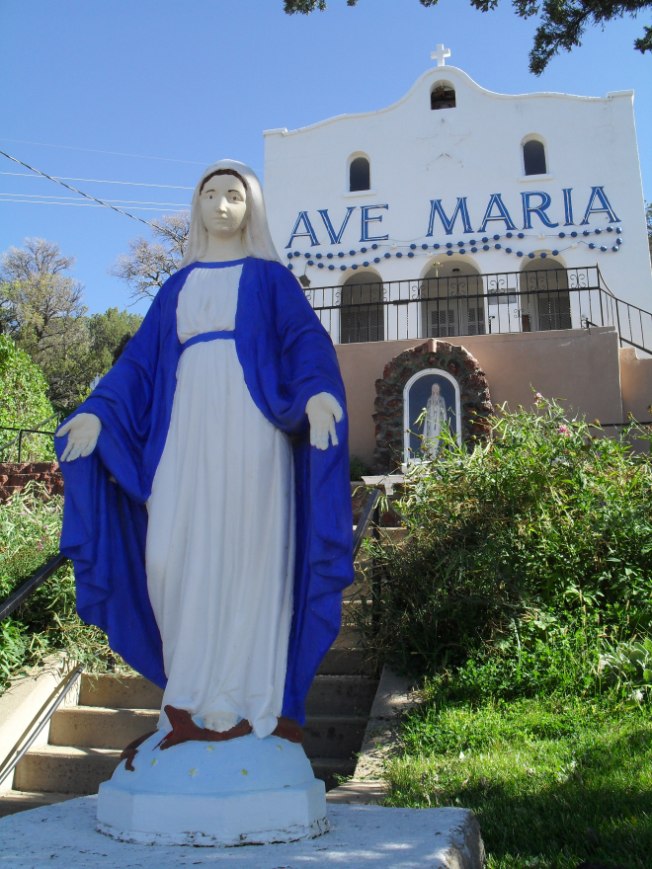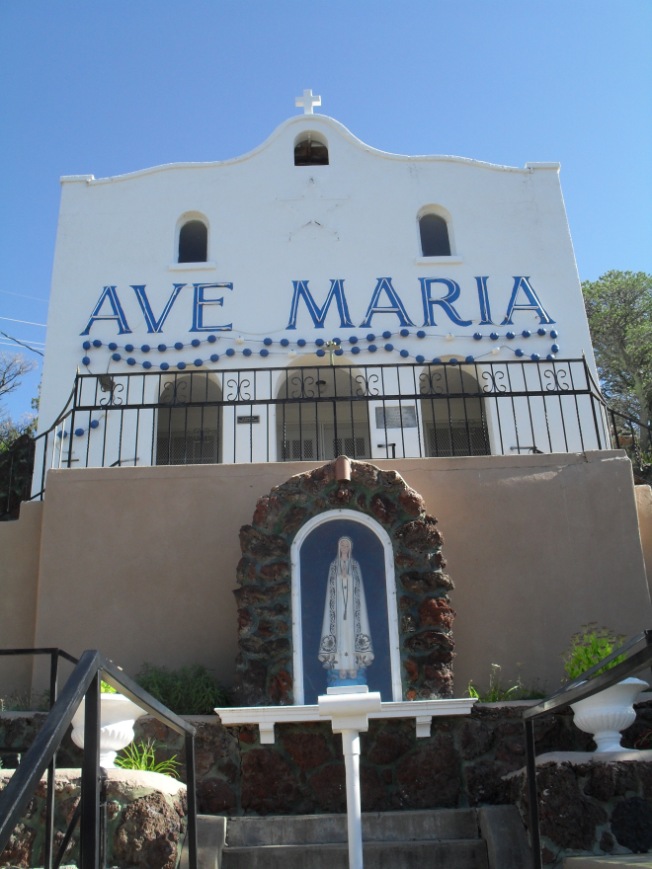
We started Daylight Saving Time yesterday. The event snuck up on me (as it often does) and I didn’t get this post scheduled to pop up before it was time to spring forward. I hope everyone remembered to update their clocks. In honor of this moving of the clocks, today I’ll tell you about my grandmother’s reaction to Daylight Saving Time becoming the law of the land.
The events I will relay today happened before I was a conscious being, but I’ve heard the story retold so many times, I feel confident I can share it as if I had been there.
My paternal grandmother was a hardheaded Cajun woman. Born in 1913, she birthed my father, her youngest child, at the ripe old age of 32. She married and buried four husbands and tried to be a good Catholic until the day she died. Did I mention she was hardheaded? Once she made up her mind, there was no swaying her.
Daylight Saving Time has existed in one form or another in the United States since the turn of the 20th century. According to Wikipedia,
Daylight saving time was established by the Standard Time Act of 1918. The Act was intended to save electricity for seven months of the year, during World War I.[3] DST was repealed in 1919 over a Presidential veto..
During World War II, Congress enacted the War Time Act (56 Stat. 9) on January 20, 1942. Year-round DST was reinstated in the United States on February 9, 1942, again as a wartime measure to conserve energy resources.[5] This remained in effect until after the end of the war.
From 1945 to 1966 U.S. federal law did not address DST. States and cities were free to observe DST or not, and most places that did observe DST did so from the last Sunday in April to the last Sunday in September. In the mid-1950s many areas in the northeastern United States began extending DST to the last Sunday in October. The lack of standardization led to a patchwork where some areas observed DST while adjacent areas did not…
According to the article “Here’s When and Why Daylight Saving Time

Started in the US” by Kathleen Elkins,
Daylight saving time didn’t officially become a law until 1966, under the Uniform Time Act.
I can only imagine this impending springing ahead an hour must have caused much discussion across the nation. Certainly my family members were discussing it. My grandmother, for one, thought the idea was ridiculous. Nobody was really going to go along with this foolish idea. She maintained that most people would refuse to participate. She would not be participating, that was for sure.
Her kids tried to explain to her that there wasn’t a choice. Folks weren’t going to be able to choose between participating and sitting on the sidelines. People would grow accustomed to the twice yearling changing of the time. The hands on clocks would be moved, people would lose (or gain depending on the time of year) an hour (of sleep or watching TV or whatever they did with their leisure time), life would go on.
My grandmother was adamant. She was sure people would not go for such foolishness. She was sure people were not going to change their clocks and their lives, and certainly they would not give up an hour of sleep.
As the night of the change drew closer, my grandmother’s friends and family members shrugged and admitted they would move the hands on their clocks. What else could they do? Businesses were going to recognize the time change, and employees who wanted to get to work on time were going to have to recognize the change too. There just wasn’t any way around it.
My grandmother still maintained that she simply wouldn’t do it.
What about mass, Mom? one of her kids asked, pointing out that if MawMaw didn’t recognize the time change, she was going to be late for church on Sunday.
Oh no! My grandmother wasn’t hearing that. The Church was run on God’s time, she said. No way was the Church going to participate in this time changing business. The Church would not be messing with God’s time.
Family folklore holds that the first Sunday of the national observation of

Daylight Saving Time was also Easter Sunday. Of course, my grandmother went to bed on Holy Saturday without touching her clocks. She was confident she and the Catholic Church were on the same page when it came to God’s time. Surely mass would start at the same hour it always did.
MawMaw woke up on Easter Sunday joyous in the rising from the dead of her Lord Jesus Christ. She put on her best clothes, applied her makeup, and styled her hair. At just the right moment, she got into her car and drove herself the few blocks to the Catholic church she attended every week. She had plenty of time to get here, find a good seat, and still be early.
I wonder if she was confused when she arrived and found the parking lot already full. Easter is a holiday when lapsed Catholics come out of the woodwork, so maybe she chalked up the abundance of cars to the yearly brief return of the lost flock. In any case, she found a parking space on the outskirts of the lot.
She must have congratulated herself on being early as she walked across the lot toward the church. Even having to park so far away wasn’t going to make her late. She had plenty of time. I can imagine the small self-satisfied smile on her face. She knew she was early enough to find a good seat.
I’m sure she expected to walk into a quiet church. Perhaps the organist would be playing softly. Perhaps parishioners would be greeting each other in whispers. Perhaps she’d hear the soft rustling of people shuffling through the church, dipping into the holy water near the vestibule before making the sign of the cross, genuflecting, sliding into pews.
Surely she was surprised when she walked in and the church was not quiet at all. The priest must have been talking when she walked through the doors because she immediately knew she wasn’t early, but late. Mass was almost over, and in my family, walking into a church after the service had started was considered one of the most embarrassing things a Catholic could do. MawMaw must have been mortified.

I wonder how long my grandmother stood there before she realized even the Catholic Church had forsaken God’s time and sprung forward.
Images courtesy of https://www.pexels.com/photo/ancient-antique-art-business-277371/, https://www.pexels.com/photo/alarm-alarm-clock-analogue-clock-280257/, https://www.pexels.com/photo/white-clock-reading-at-2-12-1537268/, and https://www.pexels.com/photo/white-and-brown-tower-under-blue-sky-2450283/.









